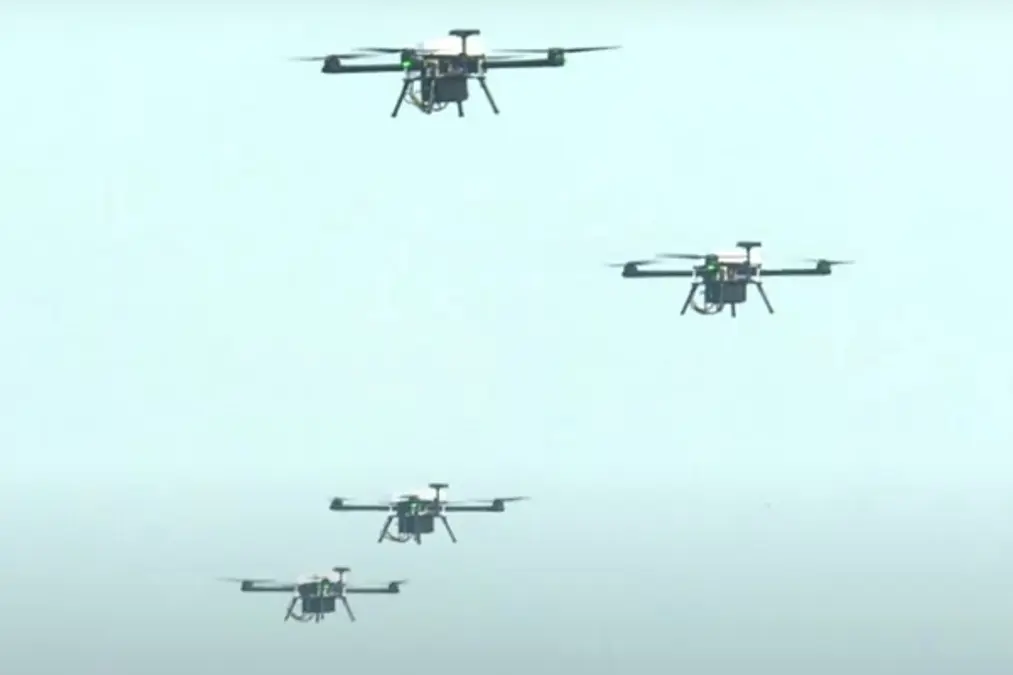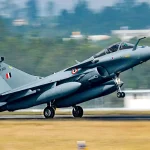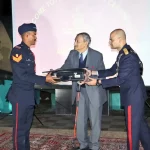India’s Defence Acquisition Council has approved the Collaborative Long Range Target Saturation/Destruction (CLRTS/D) programme — an ambitious indigenous autonomous swarm-drone system designed for precision deep-strike and base-disruption missions. The decision marks a major step forward in India’s push to field long-range, AI-enabled unmanned capabilities under domestic defence modernisation efforts.
The CLRTS/D system is envisaged as a decentralised, resilient swarm architecture able to operate in dense electronic-warfare environments out to ~1,100 km. Swarm units will carry a mix of specialised warheads and sensor packages: roughly 80% tasked with high-speed top-attack, shelter penetration and infrastructure disruption, and 20% dedicated to distributed intelligence (DSMAC sensors, secure datalinks and onboard AI) for shared decision-making and target selection.
How it will work
The formation is designed to re-group autonomously, prioritise targets dynamically, and continue missions with degraded comms or attrition. Each drone will act both as an independent actor and a network node — sharing telemetry, target classification and mission status to enable adaptive regrouping and post-strike battle assessment. Navigation will combine INS/GPS/IRNSS and DSMAC scene-matching to operate in GPS-denied areas; encrypted line-of-sight and BLOS links will support coordinated operations. Propulsion is expected to use indigenous mini-turbojet or electric-hybrid units to balance range and agility.
Roles and doctrine impact
Engineered for strategic saturation strikes, CLRTS/D’s primary missions include neutralising adversary airbases, radar nets, power infrastructure and hardened shelters — capabilities intended to blunt an opponent’s ability to conduct sustained air operations. Defence planners say the system could reshape India’s precision deep-strike doctrine by fusing autonomy, distributed AI and long-endurance unmanned effects.
Industrial partners and testing
DRDO’s Aeronautical Development Establishment (ADE) is expected to lead development in partnership with HAL’s tactical UAV divisions and BEL for secure datalink/EW systems. Several private firms (including TASL, Paras Defence, NewSpace Research & Technologies and others) are likely to provide AI cores, propulsion subsystems and composite airframes under the Make in India framework. Advanced testing and EW validation are planned at facilities such as the Chitradurga Aeronautical Test Range, with phased flight demonstrations envisaged before induction.
Governance, ethics and export controls
Officials emphasise that CLRTS/D will be developed with strict oversight, secure command-and-control protocols and safeguards to ensure compliance with national policy and international obligations. Given the autonomy and destructive potential of the system, its operational employment and any future export would be subject to layered approvals and control measures.













